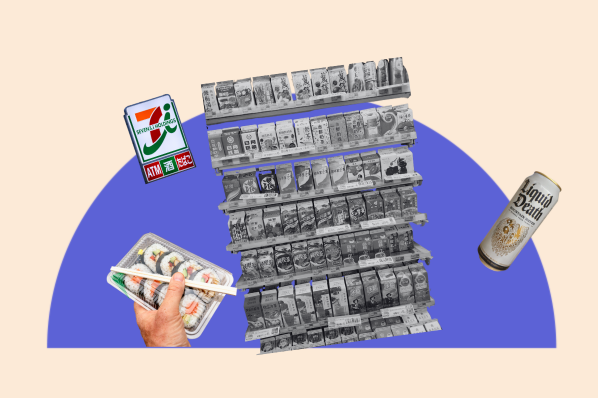The story of 7-Eleven’s remarkable transformation in Japan offers a masterclass in global expansion done right. Despite being an American brand, 7-Eleven has become a beloved institution in Japan with twice as many stores, and 8x higher profit margins than in its home country.
But not every brand’s international journey ends in success. When Liquid Death, the edgy water brand that conquered American social media, announced its retreat from the UK market, it joined the ranks of companies that couldn’t replicate their domestic success overseas.
What separates global winners from losers? According to behavioral science expert Phil Agnew, the contrast between these two stories reveals universal truths about global expansion that extend far beyond convenience stores and canned water.
The Liquid Death Paradox: Great Marketing, Wrong Context
Liquid Death’s UK exit wasn’t about poor marketing — it was about misunderstanding local market dynamics. Here’s why the edgy water brand struggled in Britain (read our full analysis here):
- Product-Market Misalignment: The UK’s high-quality tap water and naturally cold climate eliminated two key bottled water selling points: quality and refreshment.
- Channel-Behavior Mismatch: While Liquid Death excelled at social media marketing, Brits predominantly buy water in physical stores during routine shopping. “There’s something slightly perverse in trying to sell it online when the sale point is actually in person,” Agnew said.
- Lack of Social Proof: Despite memorable marketing, Agnew himself hasn’t seen “a single person drinking Liquid Death” in England. Without visible consumption by others, the brand couldn’t leverage social proof—a critical factor in adoption.
- Flawed Geographic Strategy: Instead of concentrated saturation in key areas (like Joe & The Juice placing 15 stores in West London), Liquid Death spread too thin across the UK, diluting its impact.
The 7-Eleven Reversal: American Brand, Japanese Triumph
The Liquid Death story…
